
Artist
Earl Jones
“I prefer artists who stir my energies,” explains Earl Jones, “by showing me what a careful and honest examination of people and nature can yield who can operate among the commonplace and rejoice in the wonder of down-to-earth things, like flesh and rocks.” Born, raised, and educated in Utah, except for a year at the Art Students League, Jones began teaching at the University of Utah in 1962 and left in 1970 amid controversy over his anti-war involvement. He describes himself as being “two generations off the farm,” and many of his paintings portray what he calls “the edges,” those border places his Mormon ancestors settled where the cultivated or inhabited landscape of humans meets the places where they are not found. He has exhibited widely in galleries and museums throughout the western states, is a member of the Plein-Air Painters of America , and is currently preparing for a one-man exhibition at the University of Utah Museum of Fine Arts in January 1995 and an accompanying catalogue. He paints primarily on location or in his Salt Lake City studio, an old service station which he has converted into a studio and school.
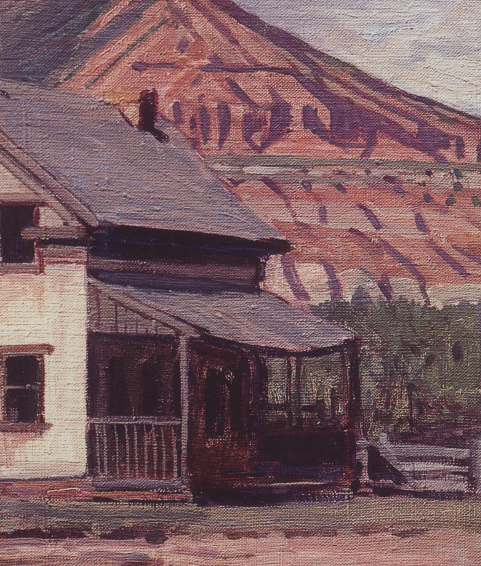
Grafton, Utah
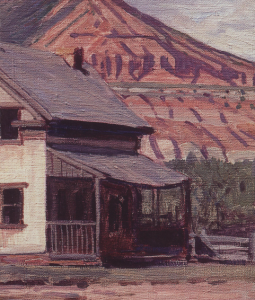
1983, oil on canvas, 22″ x 22
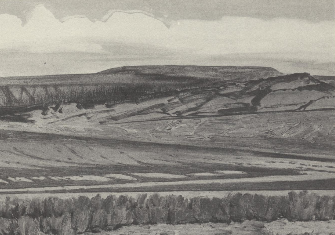
Central Utah
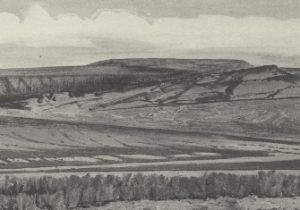
1985, oil on canvas, 30″ x 40″
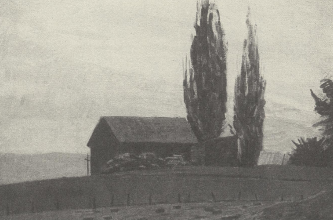
Barn and Bales at St. Charles
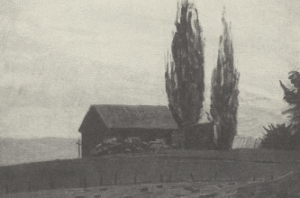
1985, oil on canvas, 22″ x 28″
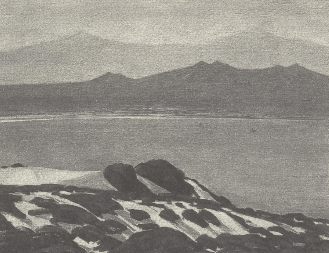
The Sea of Cortez
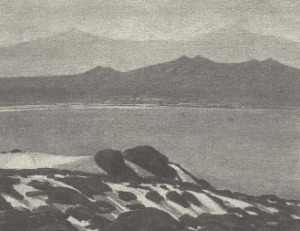
1984, oil on canvas, 8″ x 10″
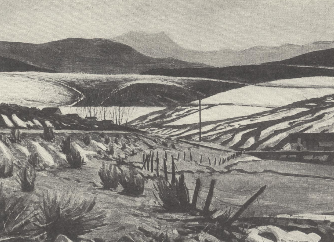
The Gros Ventre River
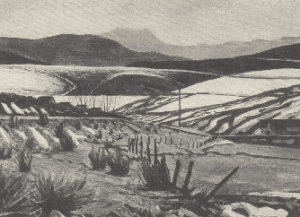
1991, oil on canvas, 18″ x 24″
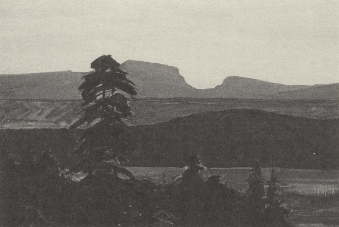
Pine at Los Brazos
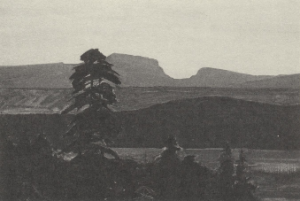
1984, oil on canvas, 28″ x 40″
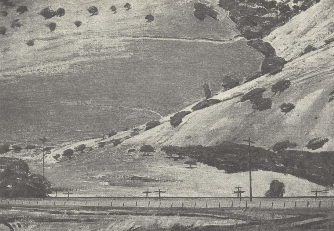
Keetley, Utah
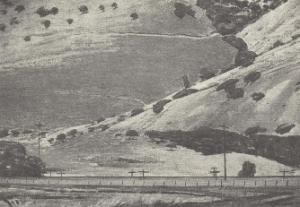
1976, oil on canvas, 22″ x 28″

Weber Canyon

1989, oil on canvas, 18″ x 24″
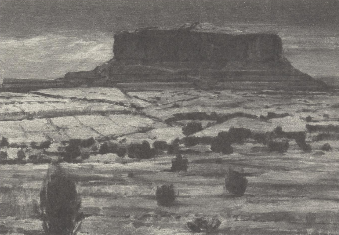
Canyonlands
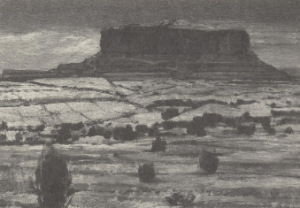
1993, oil on canvas, 18″ x 24″
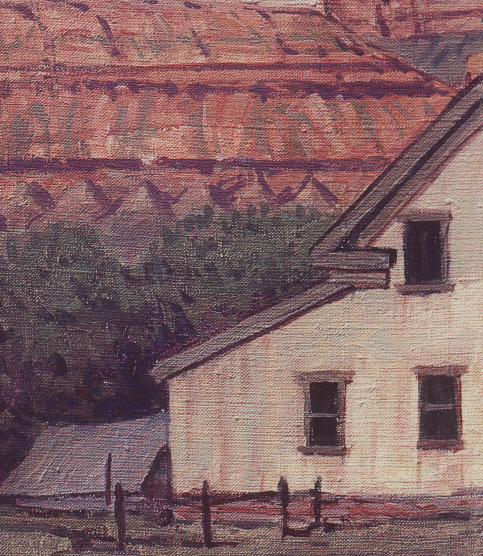
Grafton, Utah
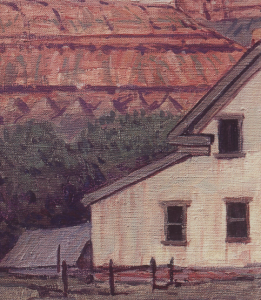
1983, oil on canvas, 22″ x 22″

